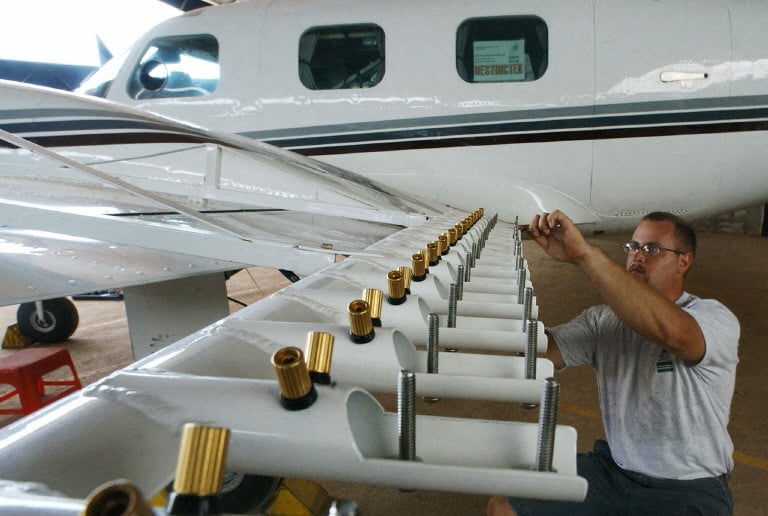Spring is typically one of the rainiest seasons in Spain, but with severe droughts affecting parts of the country and not as much precipitation as normal, many people may actually be praying for rain this Easter. But, it could also put a dampener on Holy Week parades planned throughout the country over the next week.
Easter falls early this year compared to other years, running from March 24th, Palm Sunday, until April 1st, Easter Monday, meaning that cooler temperatures and unpredictability will be common.
READ ALSO: What are the best cities in Spain to see the Semana Santa processions?
Weather forecasters are predicting cooler temperatures than there have been over the past week, which could also bring rain showers across the country.
According to meteorologists from Tiempo.es, the beginning of the Easter weekend could be characterised by showers and storms across the western part of the peninsular, heading towards the Canary Islands, as well as the presence of calima or haze in various parts of Spain.
READ ALSO – Weather in Spain: What is ‘calima’ and is it bad for you?
The storms will be particularly noticeable in the Canary Islands, where heavy rainfall is expected from Friday morning until Monday, March 25th.
During the first weekend of Semana Santa, we may also see precipitation in Galicia, passing across the Cantabrian Sea to the north of Catalonia and the Balearic Islands.
Typically the rainiest parts of the country over Easter are Galicia and the Cantabrian coast, according to climatic data. Between March 23rd and April 1st, it usually rains for more than five days.
This year, however, rainfall is expected to be higher than normal in the western and central half of the peninsula, as well as in the Canary Islands.
When it comes to temperatures, March usually ranges from 7C on average in inland areas to 15-16C in the south and east or 19-20C in the Canary Islands.
The values are milder in coastal areas and south below the River Ebro. In Seville, for example, the mercury typically reach 16.5C on average, with maximums rising to 22C and minimums above 10C to 11C. It’s also hotter during the day in areas like Murcia, with maximum temperatures usually around 22C.
This year, however, forecasters are expecting temperatures to be below average in much of the Peninsula, especially in the western part of the country. It will be most notable in Galicia, Extremadura, western Castilla y León and western Andalusia.




 Please whitelist us to continue reading.
Please whitelist us to continue reading.
Member comments